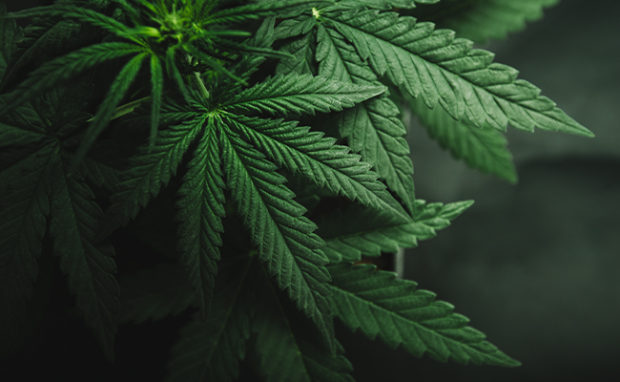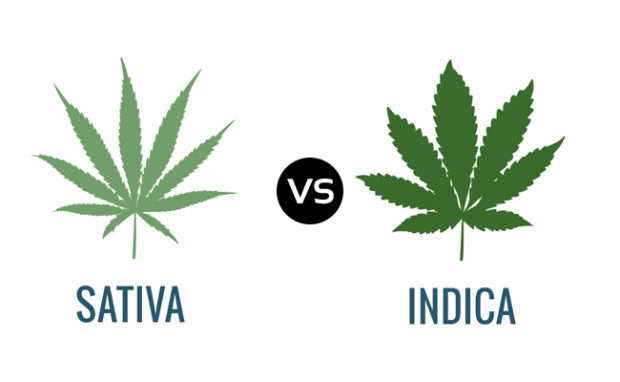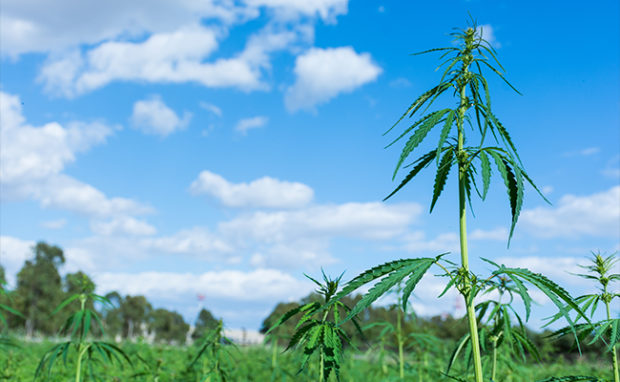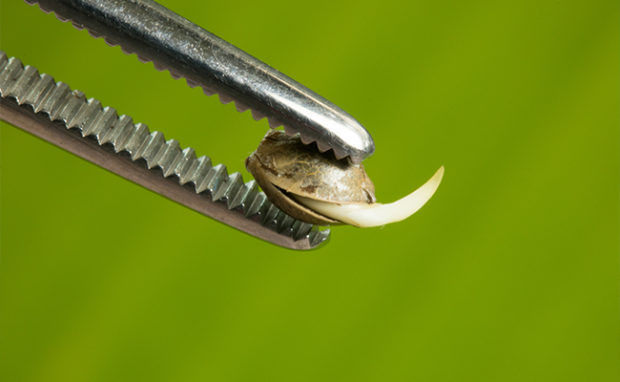What Do You Know About Medical Marijuana?
Marijuana has existed alongside human culture for as many as five thousand years. New laws in nations across the globe are permitting medical marijuana use and distribution.
Many people are trying to get involved with the growing industry surrounding hemp-derived CBD products, and medical and recreational cannabis.
But despite the massive influx of investors and laborers, many trying to get involved with cannabis and medical marijuana are finding it hard to make headway in an industry.
Those who already dominate this field have been growing and advocating for cannabis for decades.
In this article, we’ll discuss the basics of the cannabis plant, its propagation and growth patterns, and the speciation of the plant that makes different cannabis strains what they are.
Marijuana: A Brief Overview
 As many might be aware, cannabis comes in all different shapes and sizes.
As many might be aware, cannabis comes in all different shapes and sizes.
Different types of cannabis plants offer different medical benefits. Each strain–such as marijuana–has its own unique profile of cannabinoids and terpenes.
Most types of cannabis plants offer wonderful medical benefits. Consumers use them in the treatment of chronic pain relief.
But did you know that different strains of marijuana grow differently, require different methods of care, and produce different “highs” when ingested by humans?
The many strains of cannabis plants fall into three categories: cannabis indica, cannabis sativa, and cannabis ruderalis.
These three species of the cannabis plant have been combined with one another over the decades to produce cutting edge hybrid strains with maximized THC and CBD contents.
Cannabis Indica vs. Cannabis Sativa

Indica strains also have an early onset of flowering growth when compared to sativa strains.
Indica plants tend to produce hardier, denser buds. This makes them a favorite of many growers throughout the world’s temperate climate zones.
Conversely, sativa plants grow very tall, sometimes reaching twelve to fourteen feet in height.
They produce lighter, airier buds that pack a powerful punch in the head high department.
These strains contain more differences than their growth patterns.
Indicas are often responsible for the full-body high feeling that is commonly associated with pain relief or what many users call “couch lock.”
Indicas are widely reputed as “night time” marijuana and can be of great assistance for those suffering from anxiety or sleeplessness.
These feelings are contrasted by the high associated with ingesting sativa dominant hybrids or pure sativas. When using pure sativas, users commonly report feelings of elation or euphoria.
The use of sativa marijuana comes with heightened creativity and energy levels. This makes it great for daytime hikes, social gatherings, or other fun activities.
Cannabis Ruderalis: The Autoflower Revolution

This is because, while cannabis sativa and indica require a certain amount of light in order to switch from growth to flowering stages, ruderalis plants begin flowering on their own one month after they begin growing.
This neat trick is a product of both medical marijuana’s evolution and human breeding projects.
The ruderalis strains grow natively in northernmost regions of the temperate zones. You can find them growing wildly in northern Mongolia and southern Russia.
They evolved to begin flowering so quickly because of the short season in that part of the world, and the extremely long summer days.
In certain parts of the ruderalis range, summer daylight hours can reach twenty-four hours.
Because of this, ruderalis plants begin to flower regardless of light exposure.
In the past decade, different types of weed have become available in auto-flower form due to cannabis breeders hybridizing the ruderalis strains with other types of cannabis.
The result is a host of new strains that are easier for beginners to grow and take half as long from beginning to end.
Related Articles
Plant Biology: The Basics

Most important to the growth cycle of cannabis plants are nitrogen, potassium, and phosphorus. Each of these key ingredients to the happiness of your marijuana plants aid in vital aspects of healthy growth.
Nitrogen
First and foremost, nitrogen is essential for the production of leaves, stems, and chutes.
Nitrogen is responsible for the deep, forest green color of healthy marijuana. Common sources of nitrogen for your plant are worm castings (worm poop), kelp meal, and fish hydrolysate.
In order to have healthy, vigorous plants, the gardener must keep an ample supply of nitrogen available for their plants throughout the stages of vegetative growth.
Phosphorus
Phosphorus is responsible for ensuring root growth and the proper reconstruction of the plant’s DNA.
Much of the effects of phosphorus on marijuana plants is a bit heavy on the academic side.
Phosphorus is a key ingredient in photosynthesis and other metabolic activities a healthy weed plant engages in.
Without hampering your quest for knowledge in an avalanche of technical terms.
Suffice it to say, phosphorus is an essential part of your grown, and should be monitored through a soil test.
Potassium
Potassium should be used heavily during the flowering stage when your plants are beginning to produce buds instead of growing new chutes.
It is essential to helping your plant produce dense, heavy buds that will make their branches sag.
Farmers associate potassium with the thick and resinous juices that make good marijuana so sticky.
Like nitrogen and phosphorus, it is essential to plant growth.
One thing to keep in mind when studying the influence of these elements of your plants’ health is that they only work at optimal levels when they are kept in balance, and when the pH of your soil is neutral or slightly basic.
Acidic soil will damage roots and inhibit the uptake of nutrients from the soil, and a wise grower always has a pH testing kit handy.
SUMMARY
The study of cannabis production and medical marijuana truly is both an art and science and takes years to master. Moreover, the information covered in this article is the barest overview of what marijuana is as a plant, as a living organism, and as a crop.
One of the most important factors that beginning growers overlook is the simple fact that their plants exist in a soil ecosystem, feed off other creatures in the soil food web, and rely on their friends in the dirt to make them as happy as possible.
When overusing mineral salts and inorganic fertilizing methods, growers don’t necessarily damage their plants, but they do damage the soil ecosystem that their plants thrive in.
Published July 19, 2019; Updated February 26, 2020.


